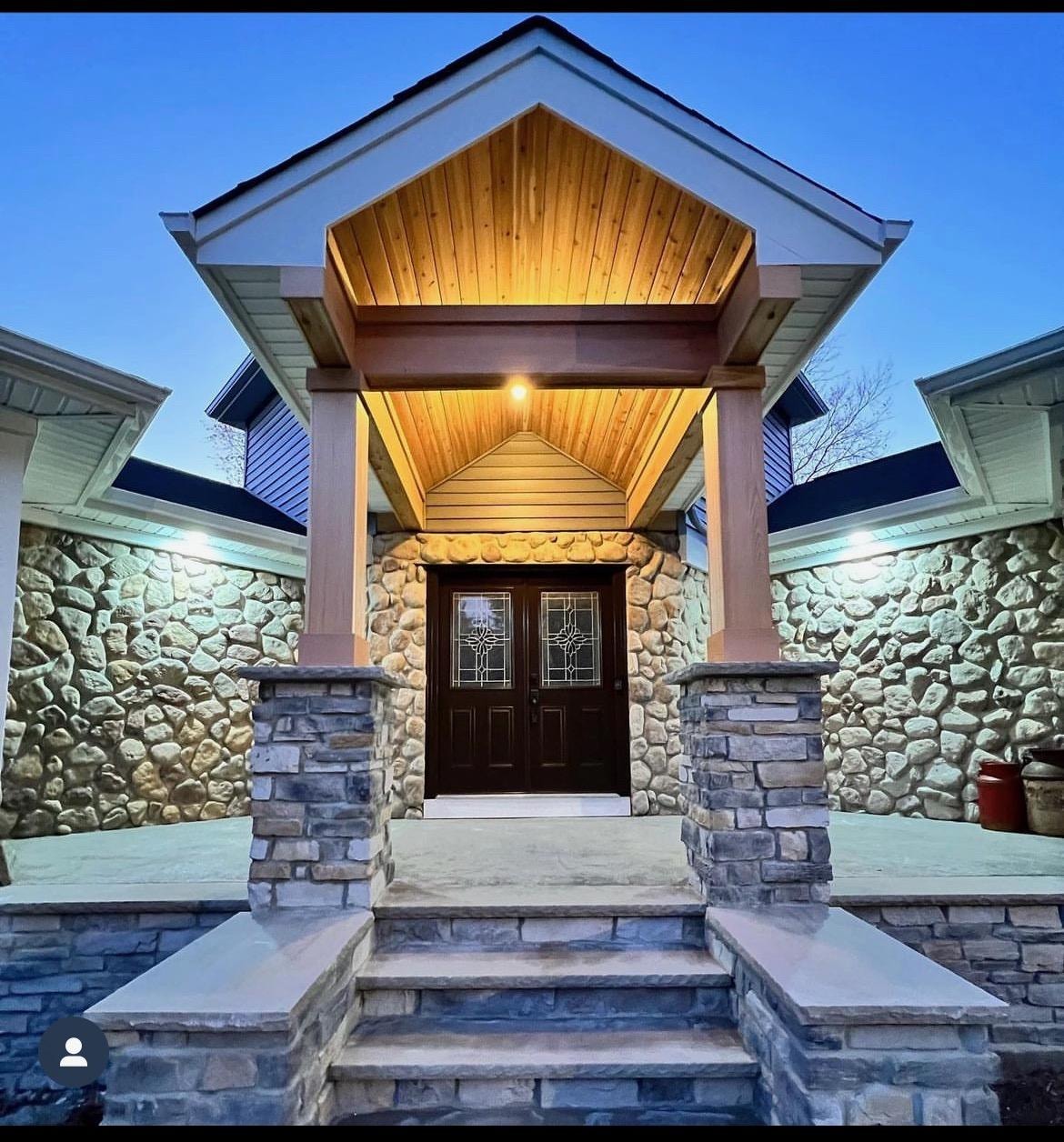
Unveiling the Secrets of Historical Masonry Restoration Jun 24, 2025
Historical buildings are more than just architectural feats; they are silent storytellers of our past. When embarking on a masonry restoration project, the initial step is a thorough assessment of the building’s current condition. This evaluation helps to identify the extent of degradation and chart a clear path forward. Key elements like cracks, discoloration, and structural integrity are closely inspected, ensuring no detail is overlooked. This assessment forms the bedrock of a successful restoration project.
Equipped with knowledge from the evaluation, the next phase involves carefully selecting appropriate materials. Often, buildings of historical significance are composed of materials no longer in widespread use, such as certain types of stone or antique brick formulations. This phase requires a deep understanding of historical masonry to source materials that match the existing structure in composition, color, and texture. The artisans at McClelland Masonry are adept in this delicate task, ensuring the essence of the original construction remains intact.
One of the most crucial techniques in historical masonry restoration is repointing. Over time, the mortar that holds the masonry units together can deteriorate, threatening the stability of the structure. Repointing involves removing this damaged mortar and replacing it with new mortar that closely matches the original in terms of materials and application techniques. This process is not only about aesthetic harmony but also about structural stability. The craftsmen at McClelland Masonry employ precision in this task, marrying modern tools and old-world techniques to achieve a flawless finish.
Another pivotal aspect of restoration is the cleaning of the masonry surfaces. Over decades, pollutants and biological growth can accumulate, masking the original beauty of the masonry. However, cleaning historical masonry is a sensitive task that must be done without causing damage. Various methods, such as low-pressure water washing or gentle chemical treatments, are employed depending on the specific needs of the structure. McClelland Masonry ensures that each method respects the original construction while enhancing its visual appeal.
Beyond the technicalities of masonry restoration, one must consider the historical context of the building. Researching original blueprints, historical documents, and photographs can provide invaluable insights into the building’s original design intent. This research is core to preserving the authenticity of the restoration work, ensuring that the building continues to mirror the time and style of its creation.
As the project concludes, the final stages of a successful masonry restoration involve sealing and protecting the restored surfaces. Applying protective coatings can shield the building against weathering and pollution, thereby prolonging the integrity of the restoration work. These protections play a crucial role in maintaining the structure's resilience in the face of time, allowing future generations to appreciate its historical significance.
In conclusion, historical masonry restoration is a painstaking yet rewarding process that demands expertise, patience, and a passion for preservation. McClelland Masonry stands as a beacon of excellence in this field, safeguarding our architectural history with every project they undertake. By choosing experienced experts, you not only preserve a beautiful structure but also ensure that the stories of the past continue to inspire the future.
/filters:no_upscale()/media/649ddfe7-2f3c-4eee-bdce-95ba79d51b01.jpg)
/filters:no_upscale()/filters:format(webp)/media/460df444-629f-4222-93a4-1ba0beb8949c.jpg)